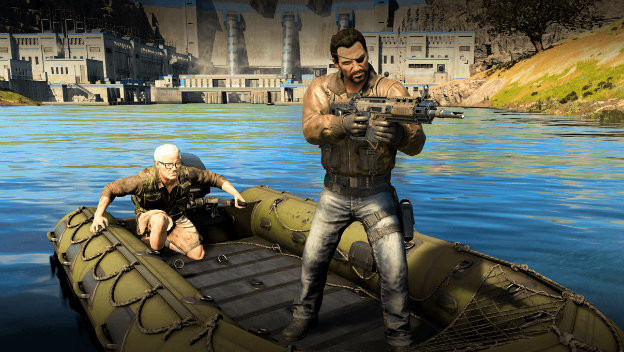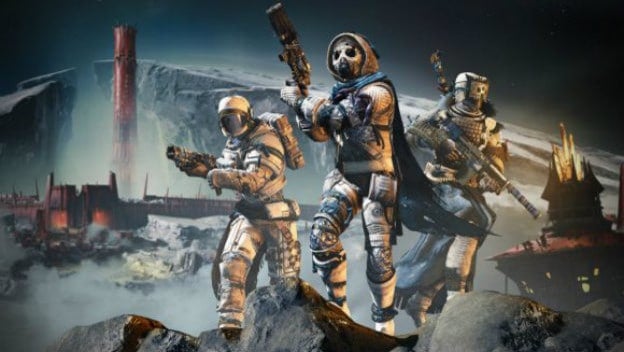We live in a world where games aren’t complete at launch. But, I’m not referring to the constant need to patch them to make sure they’re “done.” This is about the extra additions after launch. From relatively minor additions, like new costumes or perhaps a new game plus, to more substantial features like expansions, additional modes, and perhaps extra characters. But, this leads to its own sort of problems. What sorts of support should people expect? Are they entitled to a certain amount of extras? And what if companies make a commitment of sorts?
Call of Duty: Black Ops 4 is a good example. These sorts of games are yearly iterations. However, with the 2018 release being a multiplayer-only game, people had certain expectations. It was compounded by Treyarch claiming there would be substantial support. On September 19, 2018, its blog announcement said, “Across Multiplayer, Zombies, and Blackout, we’re committed to supporting the Black Ops community for the long haul.” There were promises about support and the most active calendar. Yet, in September 2019, the final Dark Divide Operation update was released. Considering the game launched on October 12, 2018, that’s less than a year of support after a promise to stay committed for a substantial period of time. It is somewhat understandable, since Call of Duty games tend to be disposable to Activision after the first year, but cutting things short seems wrong after initial messages suggested more.
To compare, Tom Clancy’s Rainbow Six Siege might be an apt title to compare it to. This was an entry in what would normally have been a yearly series. Additional Tom Clancy games have appeared since, though there hasn’t been a new Rainbow Six title. It’s primarily online-focused, and has been since its 2015 launch. The difference is, Ubisoft committed to extra content and followed up. Two months after launch, there was Operation Black Ice when Year 1 began. It was followed by three others that year. Year four of content began in 2019, and the company has even said it would be willing to try and continue the game on a next generation console. It turned it into a games as a service game.
Speaking of games as a service titles, that’s the one sort where additional content should always be a given. Yet, sometimes it doesn’t happen. Anthem is a live service game where updates were promised after its February 22, 2019 launch. There was a promised roadmap, with its first Act scheduled to launch in March 2019. Except, the game was a mess, BioWare and EA went silent when it came to possible updates, and the Act 1 Cataclysm update didn’t even appear until August 2019. In September, the extra acts were canceled, just like Mass Effect: Andromeda DLC, in favor of seasonal updates . It was a travesty.

Especially when compared to Destiny 2 . The Bungie games as a service title launched in 2017. Its fourth expansion, Shadowkeep, launched on October 1, 2019. Not to mention the developer committed to a five year plan in September 2019. The game is going to just keep going. The developer wants to focus on the free-to-play nature to pull people in and give them more to do. It wants to keep changing the endgame and expanding. Basically, it wants to make the game as engaging in 2024 as it is now, which is staggering.
It all comes down to messaging. If developers are honest and say that they’ll support a title for about a year, everything is fine. But, when it comes to games where there is a clear commitment from a developer, they need to honor that. Call of Duty: Black Ops 4 should probably have had a little more, or at least a clearer roadmap for people. Anthem has just been a tragedy with plenty of miscommunication and broken promises. On the other hand, Destiny 2 and Rainbow Six Siege continue to set good examples.
